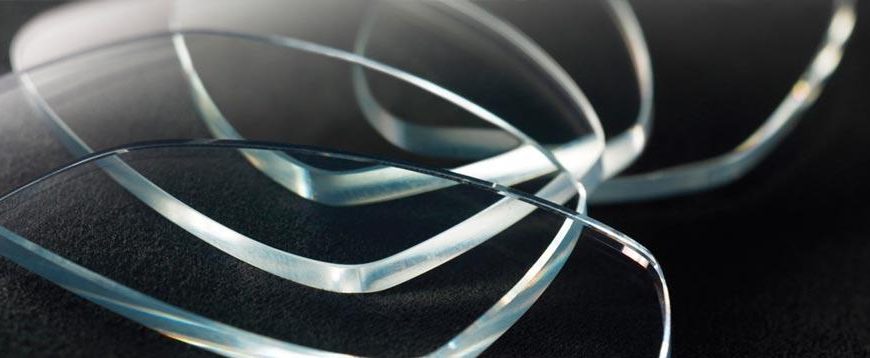In our last post, we discussed the new technology of digital lenses for high-definition vision. Today, we will discuss the different glasses lens materials available.
There are many different types of glasses lens materials and coatings that we can proudly fit for you. Depending on your prescription, vision needs and preference, we can help select the perfect lens for your eyes. Here are the different glasses lens materials:
CR-39: This regular plastic lens is the foundation of the lens family. It is about half the weight of glass, and because of its low cost, is often considered a desired lens.
Polycarbonate: Polycarbonate is both light weight and up to 10 times more impact-resistant than CR-39 lenses. They also provide 100% protection from the sun’s harmful UV rays. Polycarbonate lens is recommended for all ages, but required for children under the age of 18.
Trivex: Trivex is similar to polycarbonate — it is thin, impact-resistant, and light weight. For patients with a mid to high prescription, we highly recommend this type of lens so it will be much more aesthetically pleasing, as it helps thin the lens even more than polycarbonate lenses. Compared with polycarbonate, trivex provides sharper optics and less distortion.
High-Index: For patients with even higher prescription, and who might be more self-conscious about how thick their lenses are, this lens is for you! We highly recommend this type of lens so it will be more aesthetically pleasing, while still providing the comfort of even thinner lenses. This lens is the thinnest of them all!
Here is a breakdown of some lens material and coating terms:
|
Type |
Features & Benefits |
Recommended For: |
| No-Glare |
|
|
| High-Index Plastic Material |
|
|
| Photochromic |
|
|
| Polarized |
|
|
| Polycarbonate, Polyurethane and Trivex |
|
|
| Progressive |
|
|
| HD |
|
|
In our next post, we’ll talk about ultraviolet radiation (UV rays) and your eyes!
Schedule your next eye exam with us today by clicking here!
The content on this blog is not intended to be a substitute for professional medical advice, diagnosis, or treatment. Always seek the advice of qualified health providers with questions you may have regarding medical conditions
